Retrieving an unreliable blowout preventer (BOP) is a necessary but expensive operation, often costing upwards of one or two million dollars or even double in developing ultra-deepwater regions, according to DNV GL, who adds BOP retrieval is also the main cause of downtime during drilling activity.
DNV GL has therefore introduced a real-time, risk-informed BOP retrieval decision support tool BOP▪RDT to enable operators to determine when to retrieve the BOP for repair after a detected component failure.
Developed at DNV GL’s research and development Center in Rio de Janeiro, the BOP▪RDT tool provides a decision support system, using both quantitative and qualitative methods. It will assist the decision-making process by substantially reducing the degree of subjectivity.
“Any failure in a BOP during drilling is undoubtedly a cause for concern,” said Luiz Fernando Oliveira, tool developer, and manager at DNV GL’s R&D Center in Rio de Janeiro, Brazil. “However, not all component failures are equally significant. Though some may lead to the total loss of a BOP critical safety function, others may have no impact on its continued safe use. Therefore, it is important to determine as concisely as possible when to leave it alone or retrieve it for immediate repair. This tool reduces uncertainty and improves decision-making on individual cases, ultimately saving on the costly implications of downtime during drilling.”
Using deterministic criteria, the BOP▪RDT applies a detailed qualitative method to help guide decision-making. This is entirely based on the losses of redundancy resulting from the impact of detected failures on the reliability of all BOP critical safety functions included in the tool. But much more than that, the BOP▪RDT also offers a fully quantitative risk-informed decision support system. This is based on an advanced time-dependent reliability analysis of each safety function before (normal condition) and after one or several detected component or subsystem failures. Alternatively, a combination of qualitative and quantitative methods and criteria can be used to guide the BOP retrieval decision and allow for its use in different regions of the world.
This complex information, obtained by numerical computational algorithms, is transformed into a very intuitive graphic visualization user interface. As a result, the BOP▪RDT users will be presented with color-coded indicators of the reliability degradation of each BOP safety function due to any detected component or subsystem failure in the BOP.
“Brazil attracts one of the world’s highest offshore capital expenditure, especially for deep and ultra-deep waters,” added Alex Imperial, Regional Manager, South America, DNV GL Oil & Gas. “While operators seek to increase their reserve and production levels, there's a growing drive to reduce capex. Hence, reaching an optimum cost efficiency level for their operations has become imperative, and making the right decision, quickly and effectively is an enabler. This new tool, which was developed at our R&D Centre in Brazil, provides technical, financial and reputational benefits to operators.”
“Once customized for a specific BOP, its utilization is simple and easy, not requiring risk or reliability experience to operate it, and can be utilized by the crew on board the rig and/or at the operational base onshore. Besides improving the consistency of BOP retrieval decisions, the tool also contributes to maintaining a track record of failed components, providing stakeholders a database that allows improvement of the operational performance. Its main purpose is to ultimately maximize rig uptime and reduce opex, while maintaining acceptable safety margins,” Imperial concluded.

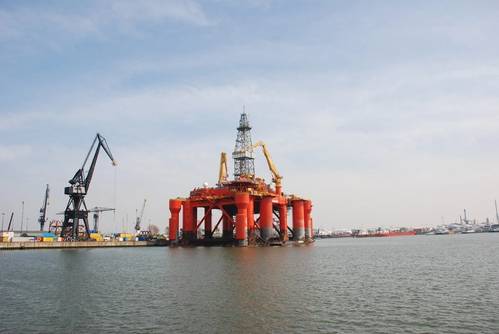
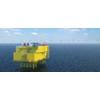

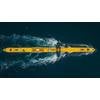

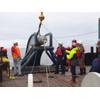
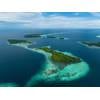







 August 2025
August 2025



